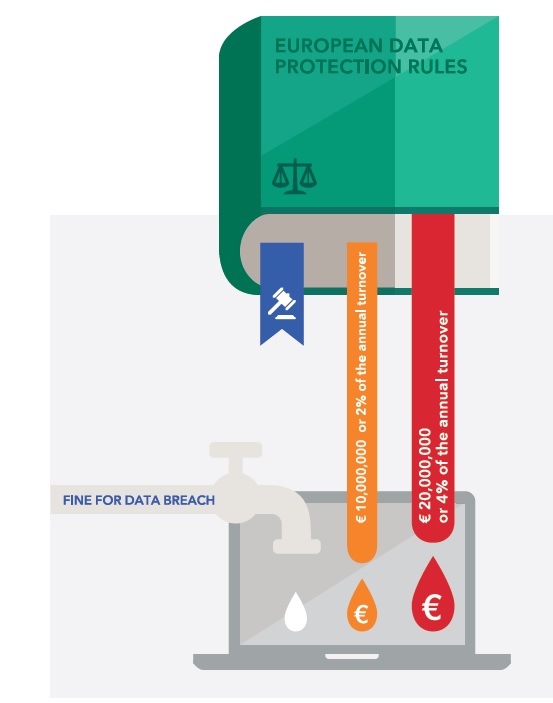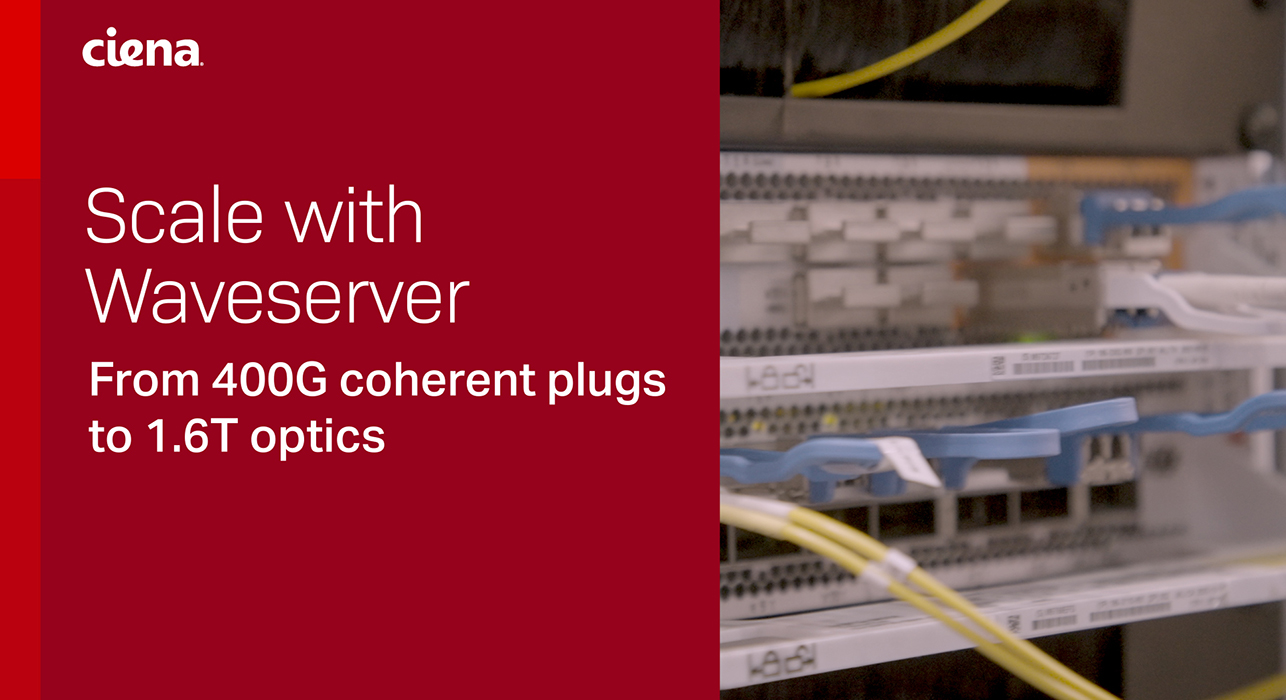GDPR is here – but is your network a weak link?
It’s happened: the GDPR is in full effect and the EU expects the first fines will be issued by the end of the year.
For many organizations, preparing for this legislation has been a struggle to say the least. New systems and processes have been implemented to gain customers’ permission for ongoing communications, and to effectively manage data sharing. And local area network (LAN) security has been beefed up to ensure that your organizational and customer data is protected across all channels, and at all your locations.
With all the compliance boxes dutifully ticked, it may just be time for a well-earned GDPR-go-live celebration, and pats on the back all round. But hang on.
What happens when your data leaves your network? Where does it go next? And is your wide area network (WAN) a weak link as far as GDPR-compliance is concerned?
Typical WAN vulnerabilities
When your data leaves your building, it flows over your WAN to the cloud, to the data center, to branch offices, or any number of other endpoints. The problem is that the fiber connections that power your WAN may not be secure.
This is mainly because hackers can get to glass-fiber cables quite easily – in car parks, or even under manhole covers in the street. Then, using simple wire-tap technology, they can steal vast quantities of data – and it could be days or even months, before you know anything about it.
Isn’t my WAN provider protecting me?
If you are one of the 80% of companies that outsources your WAN connectivity to a third-party provider, you probably think they’re taking care of your data security for you. This goes a long way to explaining why more than half of Dutch companies still haven’t reviewed their WAN connections for compliance with local data protection regulations – even over a year after they came into force, according to recent research from Ciena and Telindus.
According to a Telindus and Ciena study of 266 IT decision makers, more than half of Dutch companies are leaving themselves vulnerable to WAN security vulnerabilities.
There are many reasons why a company may wrongly assume that their WAN is secure. For example, many think that optical fiber is innately secure and that there is no need for additional protection or encryption on their WAN connections. However, this isn’t the case, and doing nothing about WAN security potentially exposes your sensitive data to cyber-criminal attacks and compliance risks such as fines and – even more importantly – lasting reputational damage.
So how can you secure your network from end-to-end?
The obvious answer is to take back control of your WAN security, and to invest in technologies that protect your business and customers.
One such technology is packet-optical networking, or Dense Wave Division Multiplexing (DWDM), with integrated encryption. This enables you to secure all your data in-flight at the optical layer as it travels over the WAN, with no impact on performance. As a result, you can protect your business and customers from wire-taps and other security risks simply and effectively, in compliance with GDPR.
Optical-layer encryption provides a number of important security, performance and efficiency benefits for your business compared to IP-layer encryption. These include:
- End-to-end data security and GDPR compliance – based on optical-layer encryption that protects your business and customers
- Ownership of WAN security – with the encryption keys staying with you, not with the network manager
- Improved network performance – with optical encryption adding only microseconds of latency to your connections, compared to significantly higher latency with IP-layer encryption
- Ease of deployment – with WaveLogic Encryption working on connections with different transmission speeds (10G and 100G to 400G in 50G increments), and across all protocols
- Huge cost savings – In the end-to-end LAN/WAN solution, leveraging the right combination of packet-optical platforms with the routers and switches can provide major savings, such as energy savings of up to 60%, and a 50% saving in devices and connections
How much could you save with optical-layer encryption?
The white paper based on the Ciena and Telindus research includes a sample business case for packet-optical platforms with integrated optical-layer encryption. The research also shows that these technologies can reduce the number of connections needed to transport data across a network by around 75%, delivering transport savings of €756,000 in just three years.
The research also shows that these technologies can reduce the number of connections needed to transport data across a network by around 75%, delivering transport savings of €756,000 in just three years.
Time for that celebration?
With your WAN security covered, it’s finally time for that GDPR-go-live celebration, and the network efficiency gains of DWDM are just one more good reason to celebrate!







